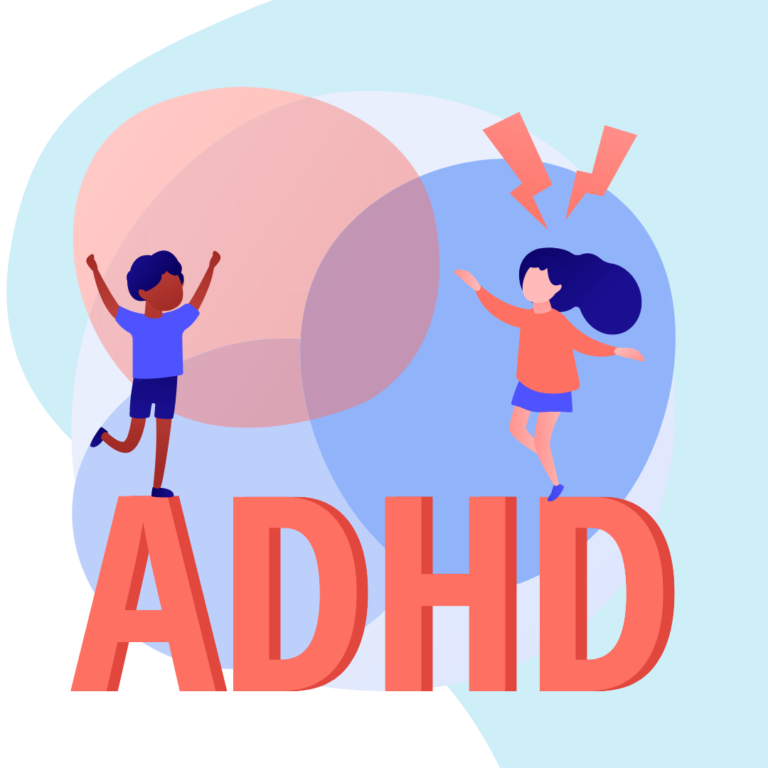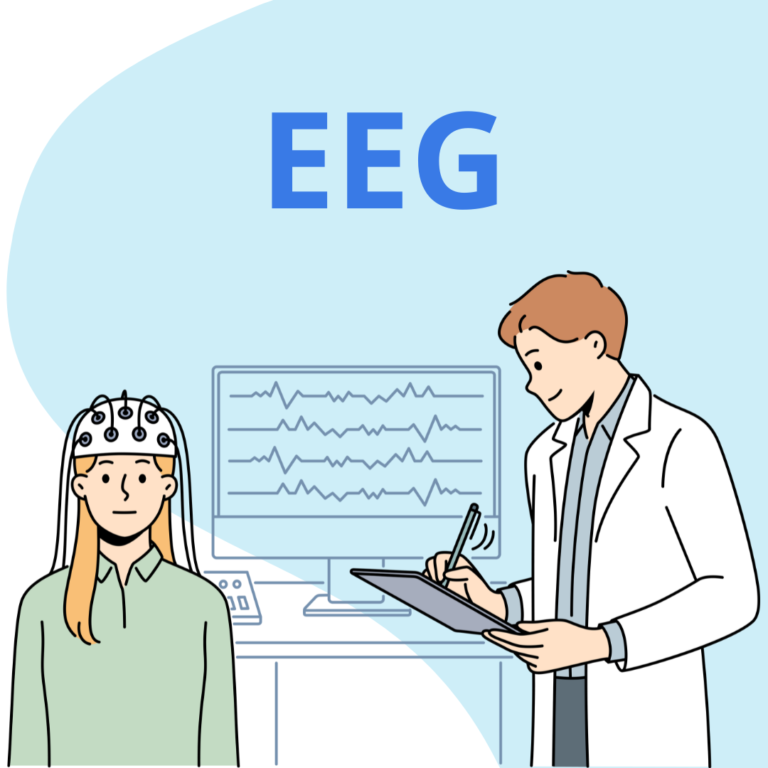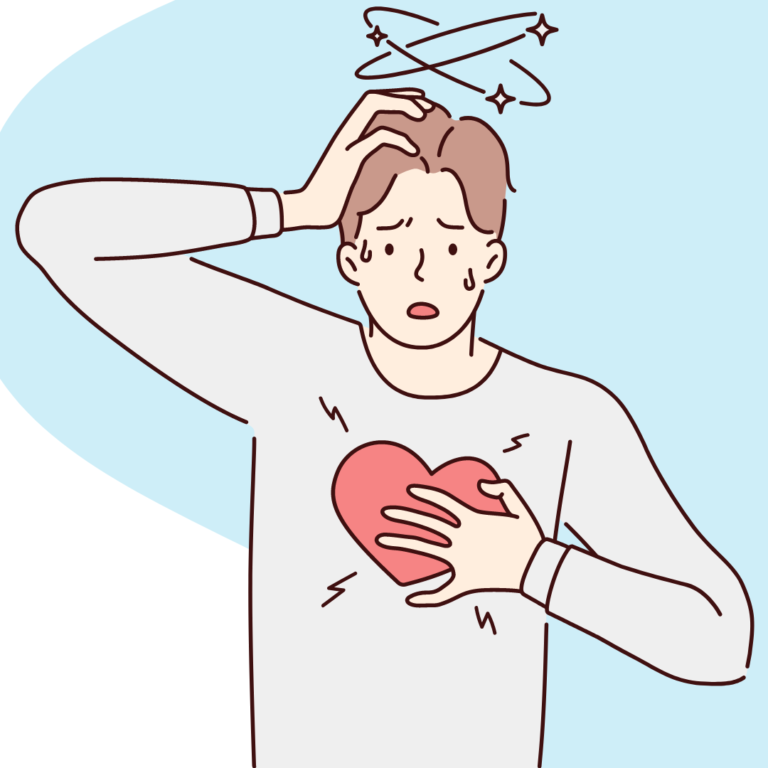Panic Attacks (also known as Panic Disorder) can be a terrifying and overwhelming experience for those who encounter them. Although they can occur in anyone, regardless of age or gender, they are often underestimated and treated as common stress symptoms, even though they are more prevalent in women, younger individuals, and especially those with joint hypermobility. In today’s article, we will explore what panic attacks are, how they manifest, what triggers them, and what effective treatment methods can be applied to regain control over one’s life.
What Are Panic Attacks?
A panic attack is a sudden onset of intense fear or anxiety that typically lasts a few minutes but can cause significant discomfort. It can occur in everyday situations, as well as unexpectedly. Individuals experiencing a panic attack often describe a feeling of losing control or fear of death.
Symptoms of a Panic Attack:
Panic attacks can manifest with various physical and emotional symptoms. Here are some of the most common:
- Rapid or pounding heartbeat.
- Shortness of breath or a feeling of choking.
- Intense fear or panic attacks.
- Trembling or a feeling of weakness in the legs.
- Excessive sweating or feeling hot or cold.
- Dizziness or a sense of unreality.
- Abdominal pain, nausea, or other physical symptoms.
- Fear of losing control, fear of another attack, which lowers the threshold for stimuli triggering panic attacks, or fear of death.
What Triggers Panic Attacks?
The causes of panic attacks can be diverse and vary from person to person. Here are a few potential sources/causes:
- GENETIC FACTOR: Despite a lack of clear data on the influence of genetic factors, there is a documented connection between panic attacks and a family history. If someone in your family suffered from panic attacks, you may be more susceptible to experiencing them.
- STRESS AND TRAUMATIC EXPERIENCES: Strong stressors, such as the loss of a loved one or traumatic experiences, can increase the risk of panic attacks.
- OVERACTIVITY IN THE AUTONOMIC NERVOUS SYSTEM: Some individuals naturally have a more overactive nervous system, making them more susceptible to panic attacks.
- ANXIETY DISORDERS: Panic attacks can be associated with other anxiety disorders, such as social phobia, agoraphobia, or obsessive-compulsive disorder.
Treatment Methods for Panic Attacks:
Although panic attacks can be frightening, there are many effective treatment methods to cope with them. Here are a few:
- COGNITIVE-BEHAVIORAL THERAPY (CBT): CBT is a therapeutic approach that helps identify and change thoughts and behaviors contributing to panic attacks. CBT therapists teach relaxation techniques and ways to cope with fear.
- PHARMACOLOGICAL THERAPY: Anti-anxiety or antidepressant medications may be prescribed by a doctor to alleviate panic attack symptoms. It’s essential to consult with a medical professional to discuss available options and assess potential side effects.
- RELAXATION TECHNIQUES: Breathing exercises, meditation, yoga, and other relaxation techniques can help reduce anxiety levels and the frequency of panic attacks.
- LIFESTYLE CHANGES: Regular physical activity, a healthy diet, and avoiding substances like alcohol and caffeine can positively impact the ability to cope with panic attacks.
Panic attacks can significantly impact the quality of life, but effective treatment methods exist to help cope with them. Remember that everyone is different, so it may be necessary to try various treatment methods to find the one that works best for you. If you suffer from panic attacks, don’t hesitate to seek help from medical professionals who can tailor an individualized treatment plan to help you regain control of your life.
Content Review: Dr. Bartłomiej Swebodziński, PhD in Social Sciences.




